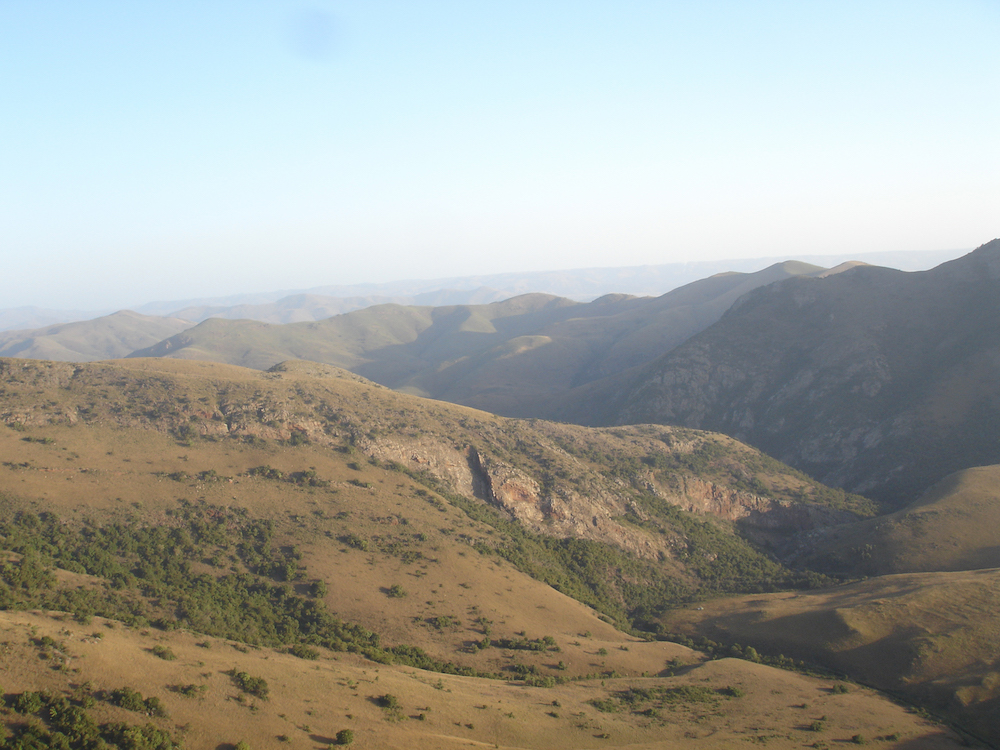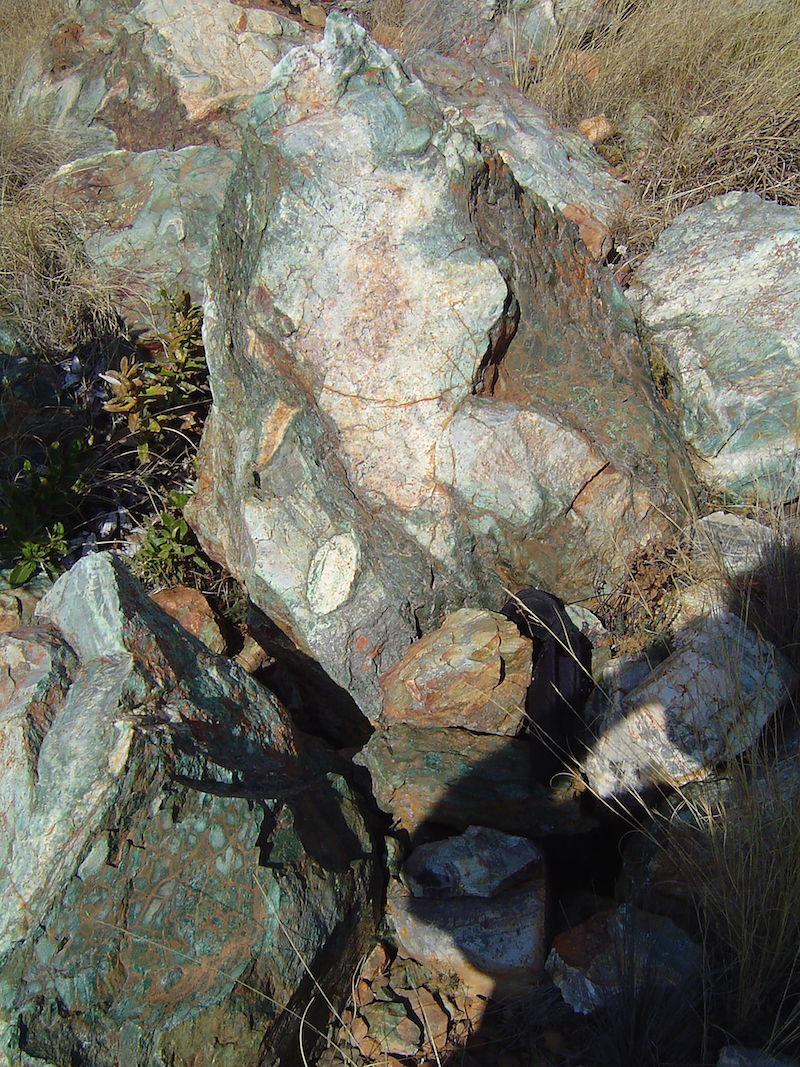Earth's Early Ocean Was No Scalding Sea

Earth's first oceans were no primordial soup. Rocks from the deep past, some 3.5 billion years ago when life first appeared on the planet, were deposited on a deep, cold ocean floor, not in a scalding sea, a new study suggests.
"This is the first evidence that over the entire 3.5 billion years, Earth has operated within a temperature range that suits life," said lead study author Maarten de Wit, a professor at Nelson Mandela Metropolitan University in Port Elizabeth, South Africa.
To take the temperature of Earth's ancient ocean, the researchers trekked to the Barberton Greenstone Belt in South Africa. The Barberton mountains are made of rocks that were once a fragment of ocean floor. They formed billions of years ago, about the same time as life first appeared on Earth. [In Photos: Watery Ocean Hidden Beneath Earth's Surface]
The rocks record the levels of oxygen isotopes present in the ancient ocean. (Isotopes are atoms of the same element with different numbers of neutrons.) The levels of different oxygen isotopes in ocean water change with the temperature, so measuring isotopes can reveal whether the water was hot or cold when the rocks formed.
Previous studies of the same Barberton rocks found the ancient ocean temperature was between 130 and 185 degrees Fahrenheit (55 and 85 degrees Celsius) — similar to the colorful hot springs in Yellowstone National Park, de Wit said.
However, in the new study, de Wit and co-author Harald Furnes, of the University of Bergen in Norway, show that these earlier results were skewed because some of the rocks were actually part of deep-sea hydrothermal vents. In the modern ocean, deep-sea vents spew boiling, mineral-rich water that supports colonies of strange sea life, like pink tubeworms.
"The earlier interpretations never considered hydrothermal fields being the driver for the local high temperatures measured in the cherts," de Wit told Live Science in the email.
Get the world’s most fascinating discoveries delivered straight to your inbox.
The rocks they analyzed were chert, a type of fine-grained sedimentary rock that forms in water. There are also rocks from lavas and ash from deep, underwater volcanoes, and shallower sedimentary rocks formed several million years later.
Tiny iron grains in the rocks, which aligned with the local magnetic field when the rocks formed, suggest the layers formed at low latitudes, near the equator. Knowing where the rocks originally formed is important because the researchers also documented evidence of glacial deposits and cold-water minerals such as gypsum in the shallower sediments, the study reports. That means both the atmosphere and the oceans were close in temperature to Earth's modern climate, de Wit said.
The findings were published today (Feb. 26) in the journal Science Advances.
"The cold conditions we have shown from this amazing, unique set of rock records preserved in South Africa indicate that ever since we have records of life on the planet, Earth has been predominantly in a Goldilocks state — not too hot as previously suggested, and not too cold to eliminate life," de Wit said.
De Wit thinks that the ongoing debate over Earth's early ocean conditions will continue, despite the new findings. "Our work will finally lay to rest that a hot ocean is the only possible interpretation of the data. It will take more work to convince everyone," he said.
Follow us @livescience, Facebook& Google+. Original article on Live Science.




